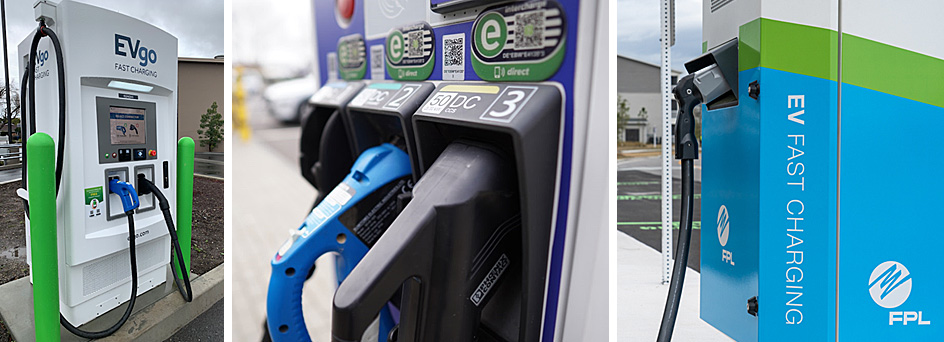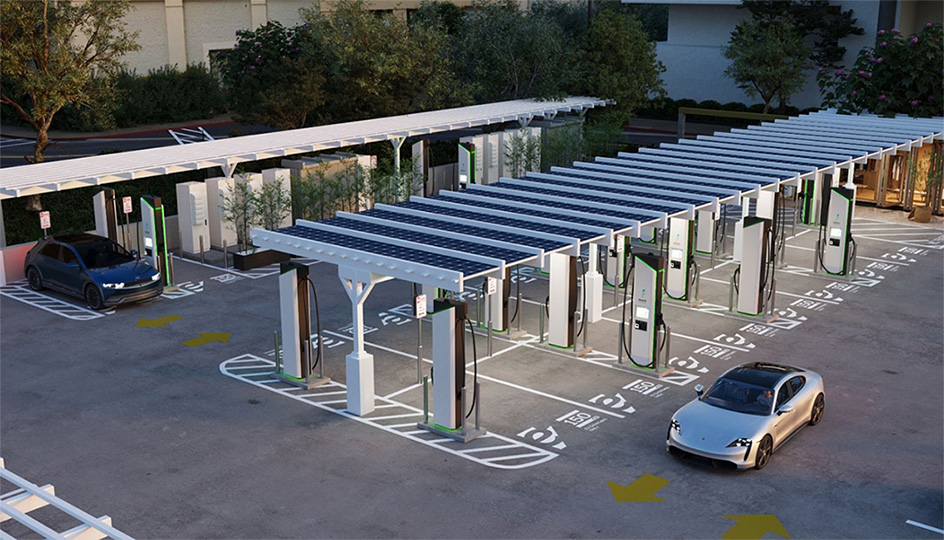EV Charging Infrastructure
As multiple studies have shown, the largest portion of greenhouse gases are produced by internal combustion engines (ICE). This means the adoption of Electric Vehicles (EV) has now become one of the most significant global efforts that can make a dramatic difference in global warming and climate change. Most automakers are now in the race towards alternatives to ICE, using batteries and customer demand for EVs is growing rapidly.
This rapid EV growth has created a strong demand for ubiquitous, dependable EV charging which is essential to enable widespread eMobility adoption. The current demand is for the deployment of fast charging stations distributed along highways, malls, office buildings, municipalities centers and industries fleet centers.
Today’s fast chargers are designated Level 3 and the eMobility ask is for anywhere from 2 to 12 chargers per station. One EV Level 3 charger for one EV requires 50-300kW, so this means one six-port EV charging station can require 300-1500kW, the same amount of electrical power as 100 to 500 homes. This new electrical load will typically overwhelm existing grid distribution infrastructure. The original electrical grid was simply not designed to handle these kinds of loads. The cost and time involved in getting utilities to upgrade this grid infrastructure presents serious obstacles to EV charger siting and deployment. The only cost-effective solution is utilizing LDES batteries to serve as a massive energy buffers that can level distribution power demand thereby minimizing grid upgrades. This makes VRFB an excellent alternative for this energy storage application since it also can handle the continuous heavy charging and discharging required that cause other battery technologies to degrade rapidly over time.

EV Level 3 Fast Charging Station

